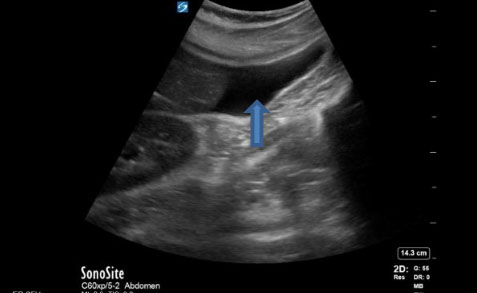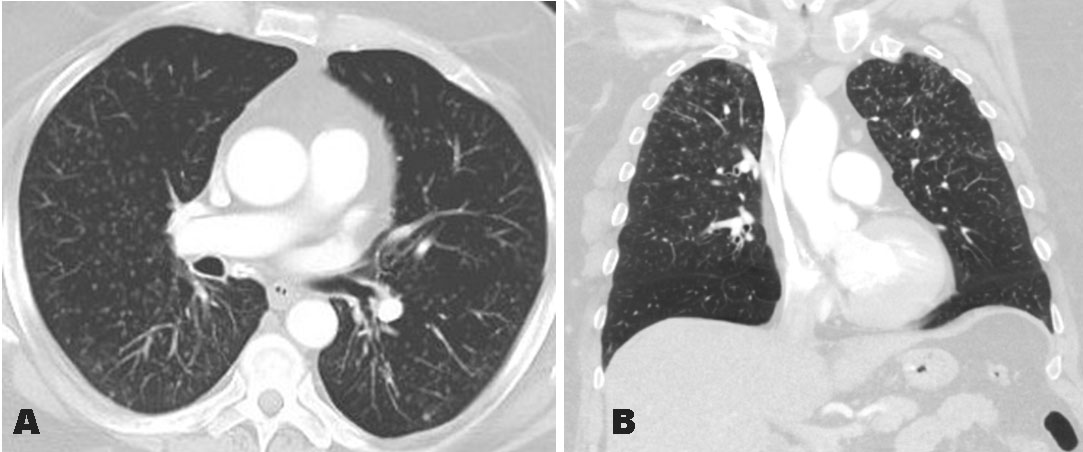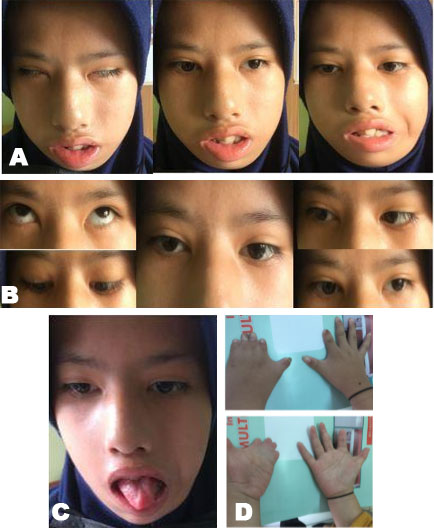 |
Case Report
Aortoesophageal fistula: A case report
1 Hospital Espírito Santo de Évora, Largo do Sr. da Pobreza, 7000-811 Évora, Portugal
2 Hospital de Santa Marta, R. de Santa Marta 50, 1169-024 Lisboa, Portugal
Address correspondence to:
Miguel Rocha Melo
Largo Senhor da Pobreza, 7000-811 Évora,
Portugal
Message to Corresponding Author
Article ID: 100109Z06MM2022
Access full text article on other devices

Access PDF of article on other devices

How to cite this article
Melo MR, Bento R, Oliva A, Ribeiro S, Félix R, Carvalho M. Aortoesophageal fistula: A case report. Case Rep Int 2022;11(2):5–10.ABSTRACT
Introduction: Aortoesophageal fistula (AEF) is a rare and potentially lethal cause of upper gastrointestinal bleeding. Although several causes have been implicated in this condition, a ruptured thoracic aortic aneurysm remains the most common cause. Despite the challenge of differential diagnosis, this is a situation that requires prompt action with immediate hemorrhage control.
Case Report: We report a case of a 56-year-old woman who presented with hemorrhagic shock secondary to AEF with no underlying cause identified, treated with Thoracic Endovascular Aortic Repair (TEVAR) after immediate bleeding control with a Sengstaken–Blakemore (SB) tube. Post-operatively the patient developed pneumonia and operative wound infection that were treated conservatively. At 24 months follow-up, the patient is asymptomatic and there is no clinical, analytical, or imagiological evidence of vascular graft infection.
Conclusion: Survival outcomes have improved with the advent of endoluminal aortic stent therapies and TEVAR is currently considered a viable approach for AEF bleeding control in the emergency setting for unstable patients. However, long-term concerns remain since TEVAR is not a definitive treatment for AEF defect, leaving the patients at risk for AEF recurrence but also for stent graft infection. Resection of the esophagus with restoration of gastrointestinal continuity and vascular reconstruction can be performed in a one or two stage procedure and is the definitive treatment for AEF.
Keywords: Aortoesophageal fistula, Emergency bleeding control, Gastrointestinal bleeding, Hemorrhagic shock
SUPPORTING INFORMATION
Author Contributions
Miguel Rocha Melo - Substantial contributions to conception and design, Acquisition of data, Analysis of data, Interpretation of data, Drafting the article, Revising it critically for important intellectual content, Final approval of the version to be published
Rita Bento - Substantial contributions to conception and design, Acquisition of data, Analysis of data, Interpretation of data, Drafting the article, Revising it critically for important intellectual content, Final approval of the version to be published
André Oliva - Substantial contributions to conception and design, Acquisition of data, Interpretation of data, Revising it critically for important intellectual content, Final approval of the version to be published
Susana Ribeiro - Substantial contributions to conception and design, Revising it critically for important intellectual content, Final approval of the version to be published
Rosa Félix - Substantial contributions to conception and design, Revising it critically for important intellectual content, Final approval of the version to be published
Manuel Carvalho - Substantial contributions to conception and design, Revising it critically for important intellectual content, Final approval of the version to be published
Guaranter of SubmissionThe corresponding author is the guarantor of submission.
Source of SupportNone
Consent StatementWritten informed consent was obtained from the patient for publication of this article.
Data AvailabilityAll relevant data are within the paper and its Supporting Information files.
Conflict of InterestAuthors declare no conflict of interest.
Copyright© 2022 Miguel Rocha Melo et al. This article is distributed under the terms of Creative Commons Attribution License which permits unrestricted use, distribution and reproduction in any medium provided the original author(s) and original publisher are properly credited. Please see the copyright policy on the journal website for more information.





